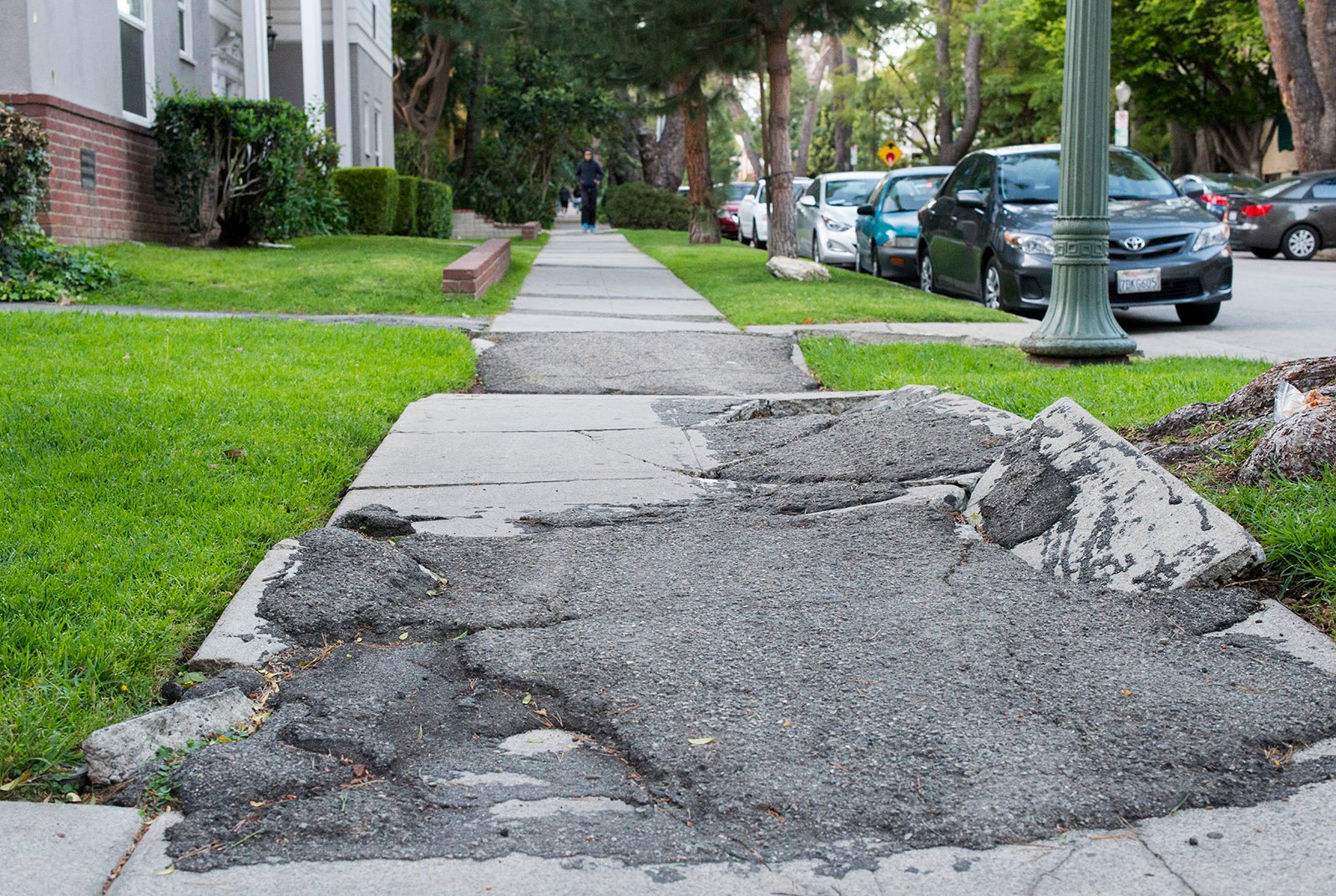Do you live in a neighborhood with sidewalks? If so, what condition are they in? The sidewalks in many cities are in need of much repair thanks to shrinking budgets and years of neglect. And unfortunately, continuing to delay repairs only increases the eventual price tag.
Where sinking is the big problem, should cities consider raising concrete sidewalks rather than replacing them? It is something to think about. Raising a concrete sidewalk utilizes the same principles as concrete slab repair via mud jacking or slab jacking. Raising is significantly less costly than full out replacement.
Both mud jacking and slab jacking are decades-old practices that have withstood the test of time. It is amazing that more municipalities do not use one or the other. Instead, damaged concrete sidewalks are normally pulled up and replaced with new pours.
Who Makes the Decision Matters
Cheboygan, Michigan is a city currently dealing with problematic sidewalks. In order to get them back in shape as quickly as possible, the city is asking residents to volunteer to tackle the repairs themselves. The city is willing to provide the funds through an interest-free loan that would be repaid via a special tax assessment.
A Cheboygan Daily Tribune article discussing the program doesn’t explain who is ultimately responsible for the sidewalks. One would think they would be a city’s responsibility. As such, why would the city have to loan residents the money to pay for repairs? Why wouldn’t they pay the bill?
At any rate, the other question is one of who makes the decision about how to affect repairs. Obviously, rising concrete cannot be addressed with mud jacking or slab jacking. Damaged concrete has to be removed so that the underlying issue can be addressed. But when sinking is the problem, mud and slab jacking are both viable solutions. It would be interesting to see what would happen if a resident volunteered and then chose raising over replacement.
Addressing a Variety of Conditions
Pictures of Cheboygan sidewalks may answer the question of why more municipalities do not utilize mud jacking and slab jacking. Those pictures show a variety of conditions along significant stretches of city streets. One particular picture presented within the Daily Tribune story shows a single sidewalk that is sinking in some places and rising in others.
It probably would not make economic sense to address this sort of situation with a combination of raising and replacement. If you have to rip up certain sections of the sidewalk to deal with out of control tree roots for example, you might just as well rip up the entire section and replace it. Trying to replace two pieces of walk and raise the pieces on the other side with mud jacking doesn’t seem smart.
A Budgetary Consideration
Though some sidewalks clearly are not good candidates for slab repair, others are. The latter should be addressed with budgetary considerations in mind. Both mud jacking and slab jacking tend to be cheaper than total replacement. But even between the two jacking processes, there can be significant differences.
According to Salt Lake City’s Concrete Raising Company, mud jacking raises sinking concrete by injecting a stable soil mixture into the voids below. Slab jacking does the same thing except that voids are filled with an expanding foam material instead.
Slab jacking is more costly because the fill material is more expensive. Yet it is still more affordable than total replacement. Is it something municipalities should look at? Definitely. Even if a city still decided to remove and replace, it is still worth checking out less expensive alternatives.

